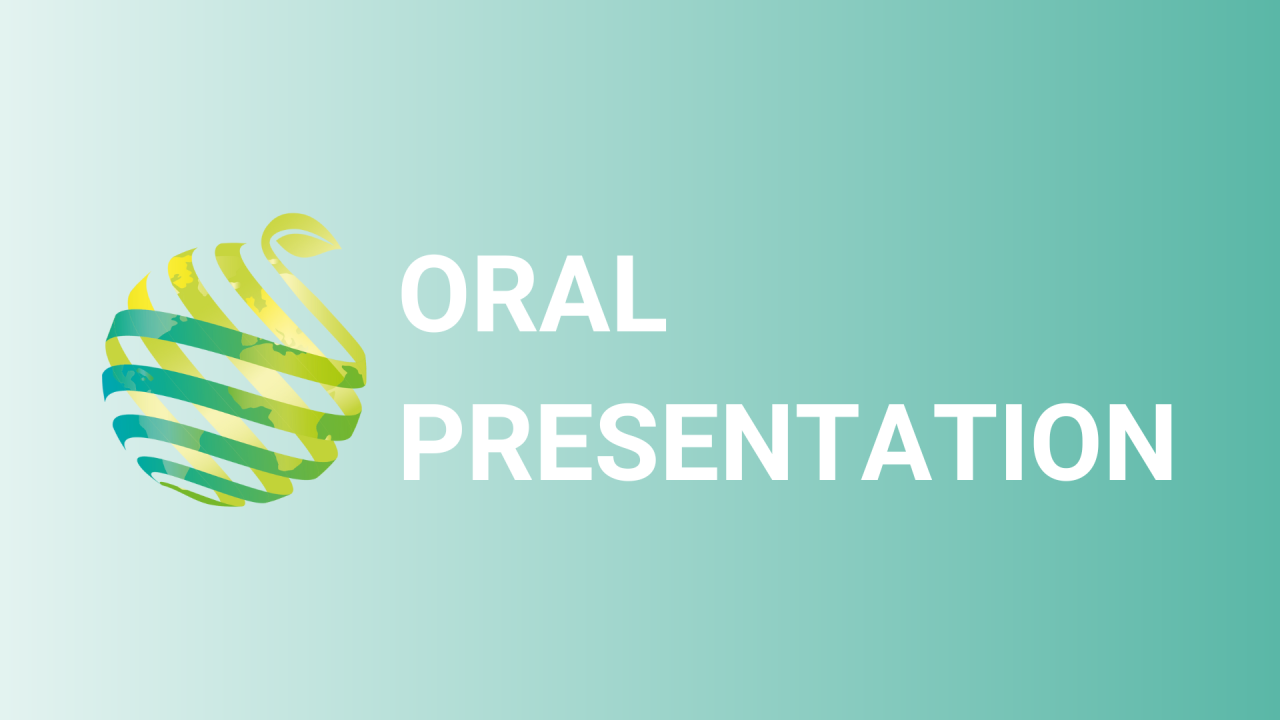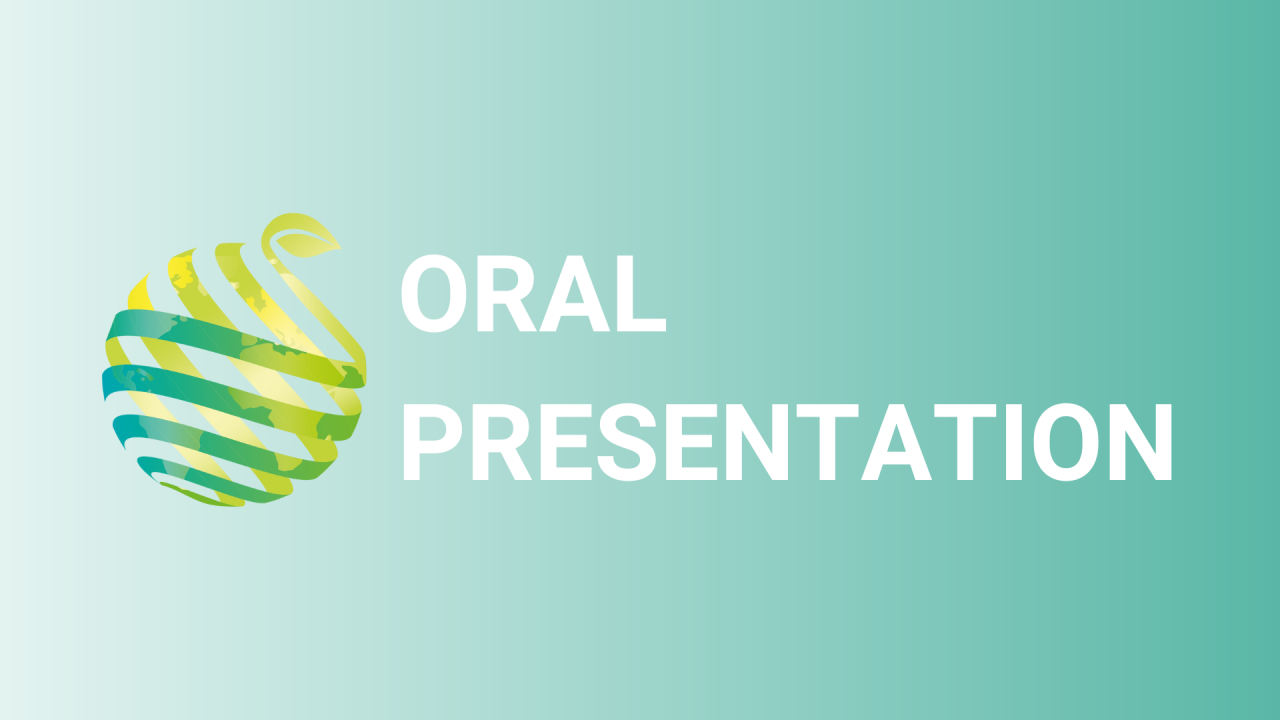

S06 - Session O1 - Leaf wetness duration modeling for the improvement of fungal risk evaluation in low-tech greenhouses.
Information
Authors: Sonia Cacini *, Silvia Traversari, Bernardo Rapi, Maurizio Romani, Beatrice Nesi, Daniele Massa, Catello Pane, Francesco Sabatini, Piero Battista
Airborne fungal diseases are a serious concern in ornamental sector for their severe effects on plant aesthetical appearance, and their control represents a crucial aspect for ornamental plant marketability. The fungal pathogen growth is strongly related to the micrometeorological conditions within the plant canopy, particularly to air temperature, air humidity, and leaf wetness, used by the epidemiological models and alert systems to support a spatially resoluted Integrated Pest Management. While air temperature and humidity can be easily monitored by quite cheap and reliable sensors, leaf wetness measure is more difficult to achieve, more expensive, and often less accurate. However, this parameter is crucial for the operational use of many epidemiological models, like those of grey mould, a globally diffuse pathogen, responsible for important economic losses in the horticultural sector. In this work, three different methods ( i.e ., i) a leaf wetness sensor; ii) the model already described by Kim et al. (2002), and iii) air relative humidity thresholds) were used to estimate the very local leaf wetness in an ornamental plant low-tech greenhouse. The methods were further compared also in ornamental plant nursery. Preliminary results suggested the possibility to use an integrated system (sensor and model) to improve the actual discrimination capability of leaf wetness measure and therefore allowed the use of this parameter to fed epidemiological models for the prediction of fungal disease risk with a high spatial resolution (up to 2 m 2 of cultivated area).